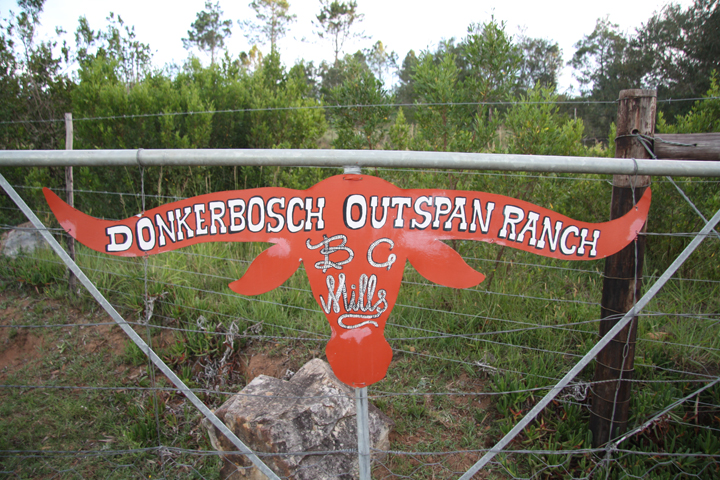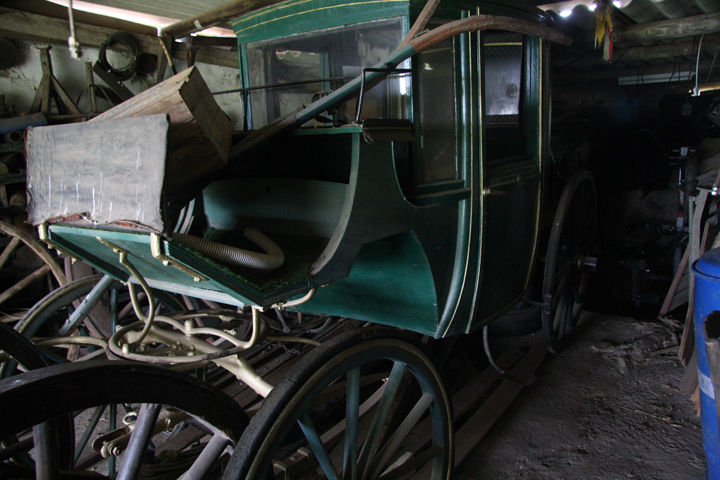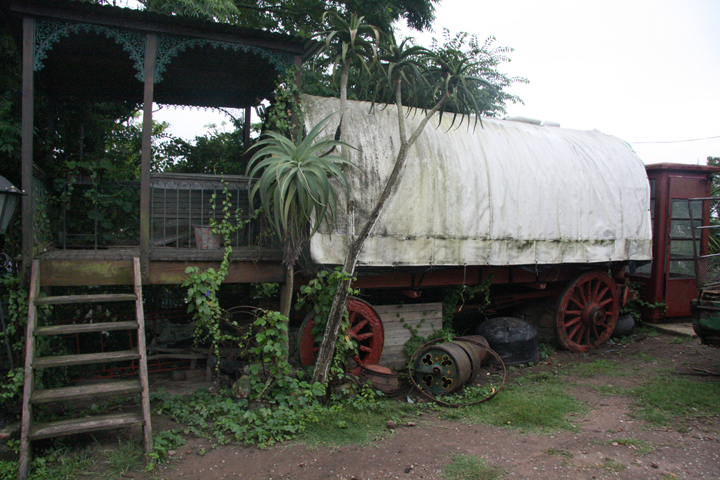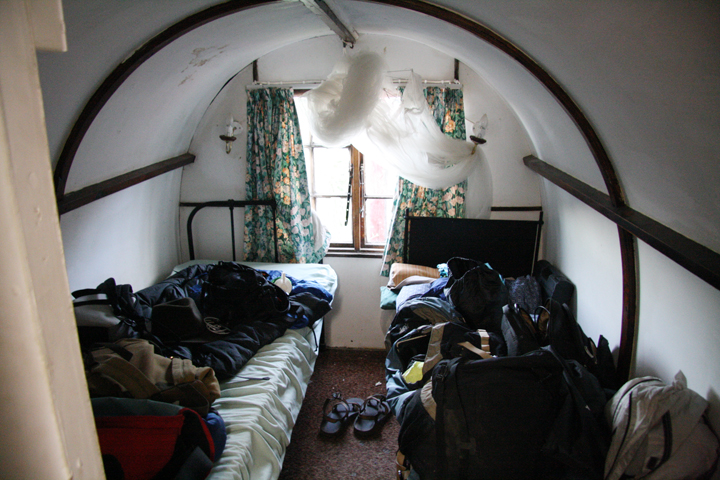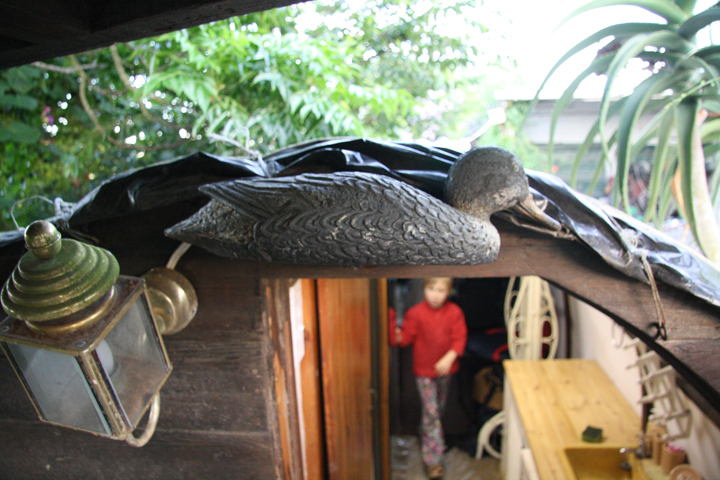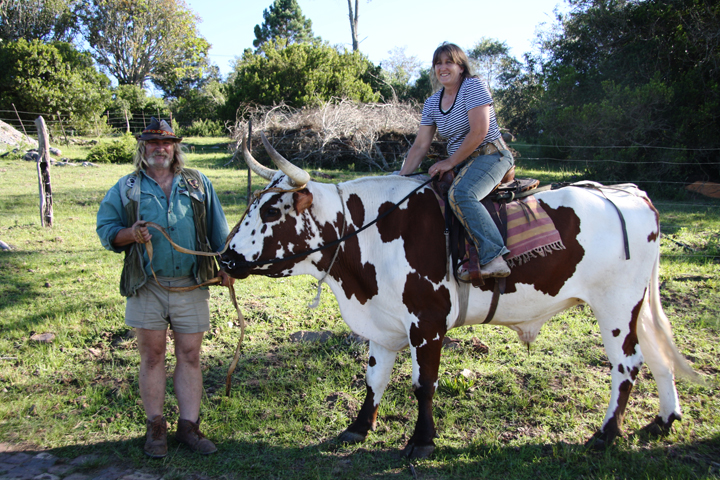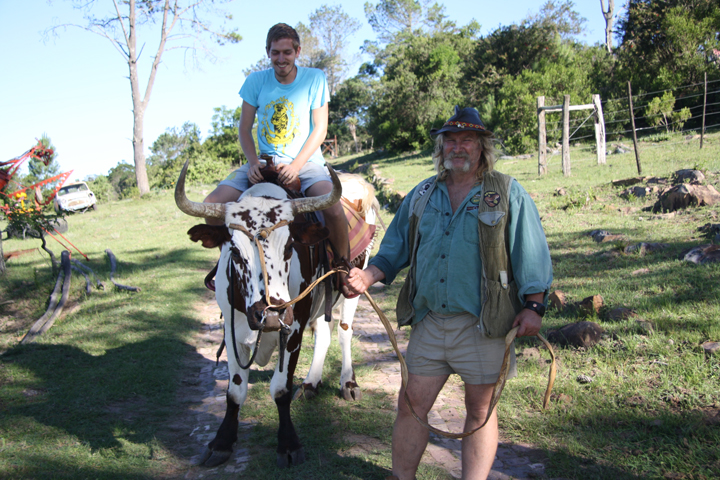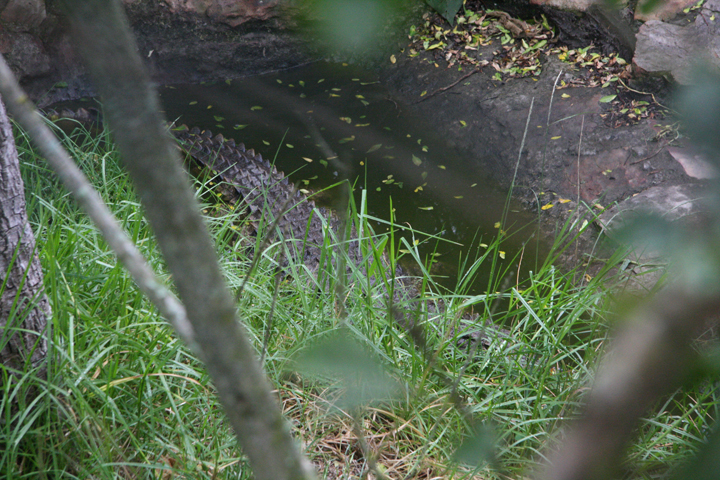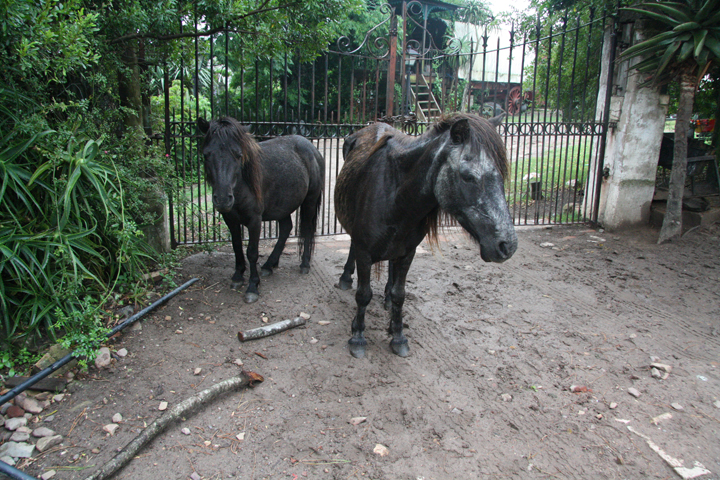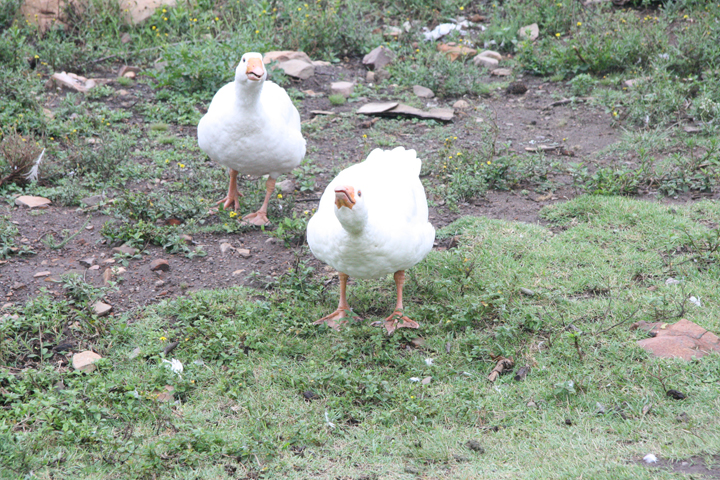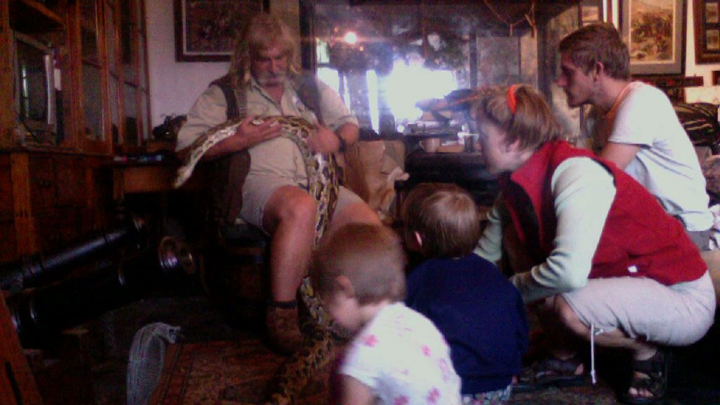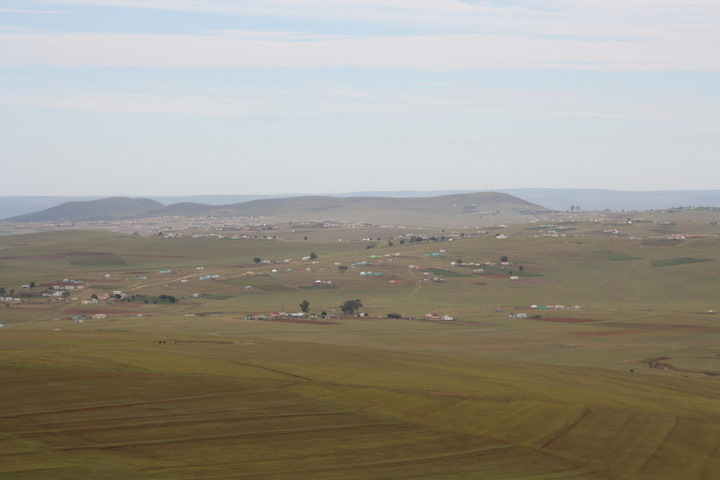
driving east out of garhamstown, over the kei river, you can watch the british and afrikaner influence on the landscape wash away. goodbye dutch and english architecture, large cities, vacation homes, tarred roads. every now and then you pass an old decaying missionary post, the reminder of the dreams of european conquest. local traditional xhosa culture thrives; while many of the xhosa people have moved all over the cape region, it is the eastern cape, or transkei, that is the their home.
language lesson number one: if you were wondering how to pronounce xhosa, the x is a side-mouth click, like you would make while calling a horse. other clicks are written as c's (tutting-tongue to the back of your front upper teeth) and q's (a loud click or knock or 'playground noise'). the language is completely phonetic other than the clicks thanks to it only becoming written after english missionaries wrote it down. fun words to know are molo (hello to one person), molweni (hello to multiple people), kunjani (how are you), sikhona (we are fine- normal to answer on behalf of family and cattle), ekosi (thank you), nceda (please- thank you and please are hardly ever used though), sale kakuhle (stay well- if you are leaving), and hamba kakuhle (go well- if they are leaving). a word i love from their language is xolo, translates to 'i bring you peace' and 'i'm sorry', which shows that you cannot have peace without saying 'i'm sorry'.
. . . .
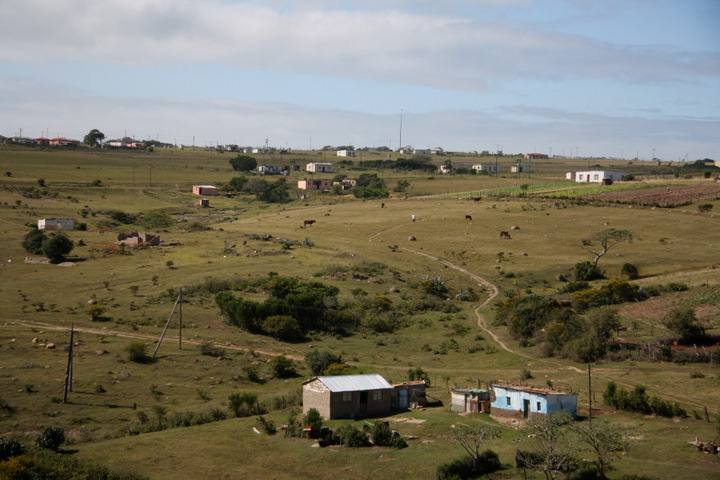
taking the N2 east, we headed to hamburg, a small town located on the coast of the indian ocean and the mouth of the keiskamma river. it was only two hours from garhamstown, and only half of the roads there were paved. once you venture out into the transkei, the land is more for communal cattle grazing than individual plots, the houses are colorful and frequently circle or octogon-shaped rondavels, the the nguni cows, with their long horns, roam freely, and it becomes increasingly difficult to think that cape town is only a full-day's drive (without kids).
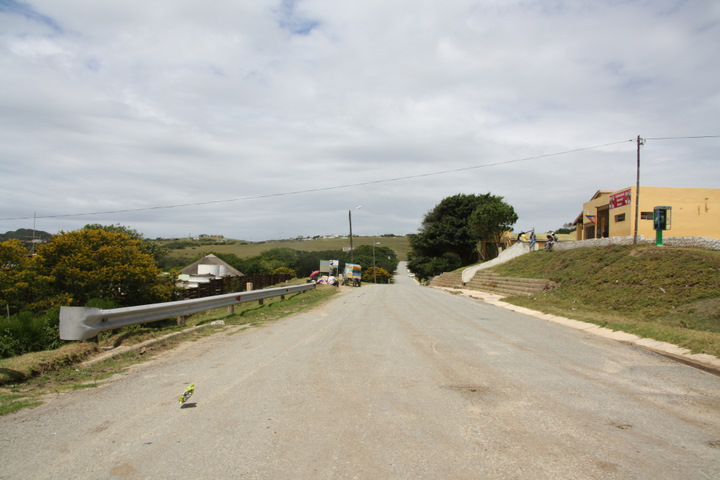


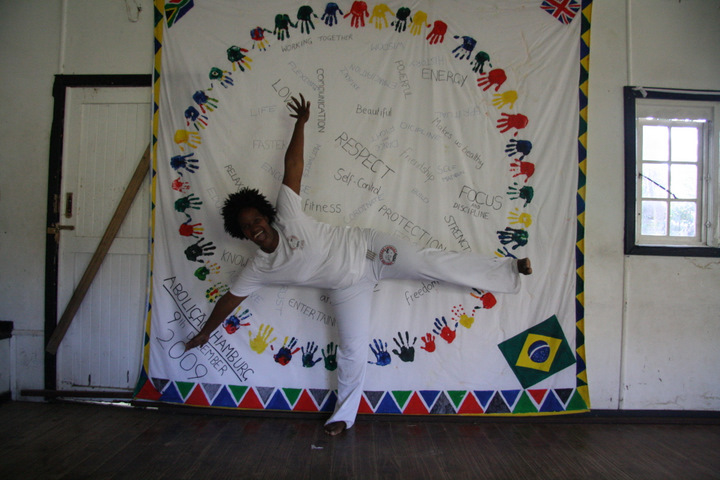
our guide and friend while at hamburg was nomfusi, the assistant manager for the keiskamma art project, the organization that attracted our attention. dressed in a fun and creative style, we met her on the side of the road and she took us to the caravan park on the edge of the keiskamma river (the photo is from later when we attended a capoeira practice). as we needed to set up camp and feed the girls before it got dark, we had no time to explore the town, only more time to wait in anticipation... but in the morning, we finally were able to learn more about the project, talk to the women working there, and realize the enormous amount of work the trust does in the region.


hiv was having a huge impact on this community. we heard stories of funerals after funerals after funerals, but no one knew why people were dying. you might be thinking ' it's south africa- of course it's aids', but here's some of the common myths about hiv in south africa (many of these still are thought to be true today in other areas, and I do not blame the people for believing them, it is a severe lack of education and mis-trust which creates and fuels these myths): hiv was created by the c.i.a. (or the apartheid government), hiv only exists in other countries or in large cities, that hiv can be spread by touch (mainly from white people), and that hiv and aids can be cured by drinking/eating a certain type of drink/food. in hamburg, there was a fear that you could get hiv from 'a powder that a white man shakes out of his plane as he circles over the town'. also, remember it was the current president, that when asked if he protected himself when he was caught with a prostitute that was hiv+, he said he took a shower afterward.
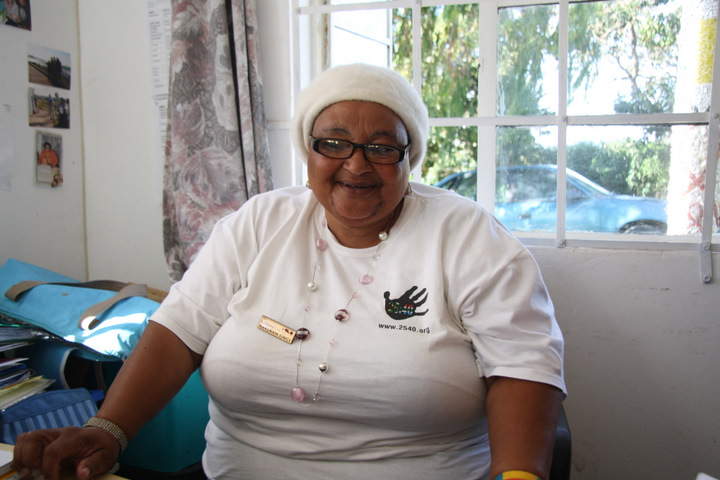
it took two women, dr. carol baker and eunice mangwane (above), and a year and ten months of convincing to turn the town around. the town grew to trust them, and go to them with their sick and ask for help in prevention. and having only started in 2005, they have now started over 700 patients on anti-retrovirals, and have over 200 people in out-patient arv care with a 90% adherence rate (astounding. again- really, really amazing). before they started to administer arv's in the district surrounding hamburg, there was zero, natta, absolutely nothing in local access for people to get medications to fight hiv/aids (this is in 2005!). 35% of the pregnant women in the district are hiv positive. stats on the actual hiv prevalence and death rate in the area will never be known, but can be assumed to be very high.

combating poverty is also a huge aim of the kesikamma trust, as unemployment can be as high as 90% in the area. being in a very rural area, there are very few options for employment (especially for women who must also care for children). the trust employes 193 embroiderers as part of the keiskamma art project, and in total about 250 people are on salaries, giving many people their only regular salary outside of disability or pension checks. a lot of the work done by the women has traditional meaning, christian influences, and/or images of local history and nature. they are famous for creating huge pieces, like one that now hangs in the halls of parliament in cape town, that is just shy of 120m/400ft long. this piece depicts the history of south africa from the perspective of the rural, xhosa village, and is an extremely rare point of view to see. the longer piece in construction below is about the local educational garden run by, the very french, frank (pictured below) and princess, who is his local connection and partner in figuring out how to make things grow in ways that local people could replicate.


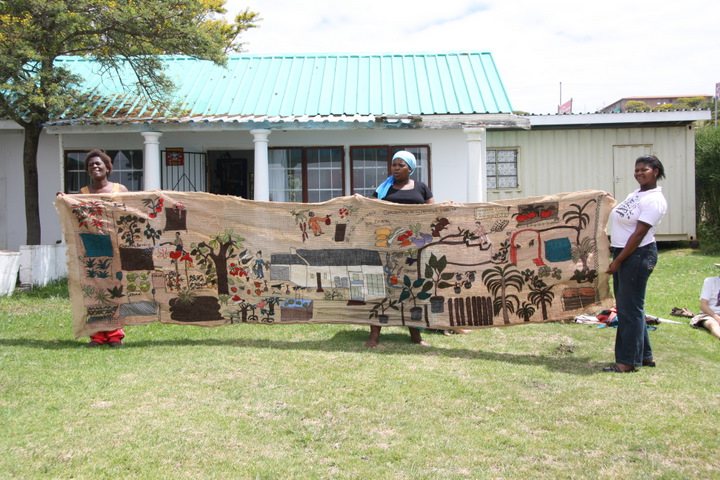

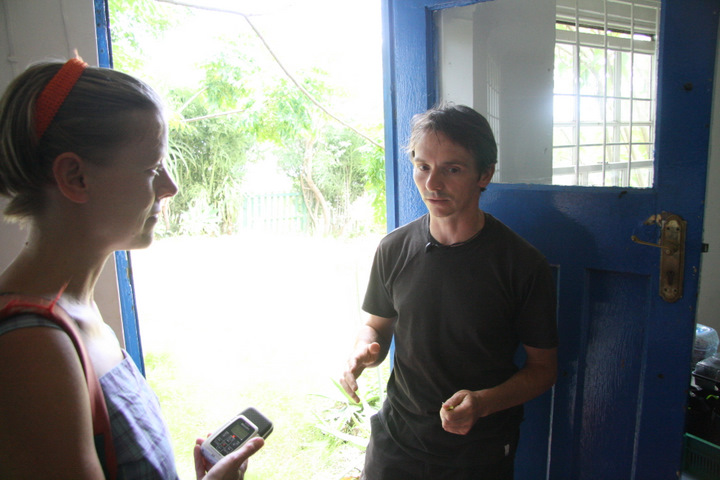
it was an amazing day in hamburg, touring the clinic, educational garden, art studios, and heritage site. during our lunch, some women sat next to us and were kind enough to sing us some songs... you can listen to it below or download it here. after a full day of touring, we joined in on a local capoeira practice, cooked out on our fire and potjie, and listened to the cicadas and waves.
Download.
. . . .

after our two days in hamburg, we headed to qunu, the stomping ground of young nelson mandela. our stay placed me between two traditional-style rondavel houses, a cozy fit to pass the night by.


during the day we headed to the nelson mandela museum in qunu, built just next to where his school use to be. the exhibitions gave the typical overview of madiba (his nickname - translates to grandfather), but our guide was really good and outside of the museum and down a hill, you can slide down a rock that has been a popular sliding spot for shepard boys and school children for decades. if you can't absorb the character of nelson mandela through osmosis while walking through exhibits, you can try rubbing it into you down the side of the rock.
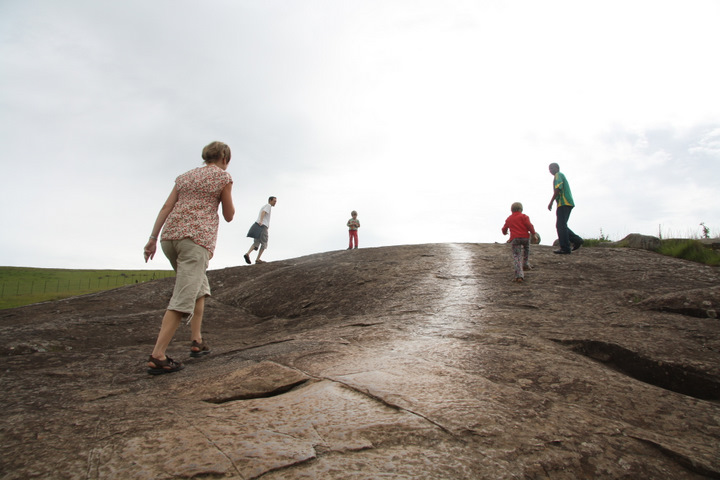
. . . .

with there not being much at all to do at qunu other than the museum, which only takes a couple hours, we headed off to dwesa nature reserve. while still in the eastern cape region, dwesa sits on what is called the wild coast. it certainly lives up to it's name.
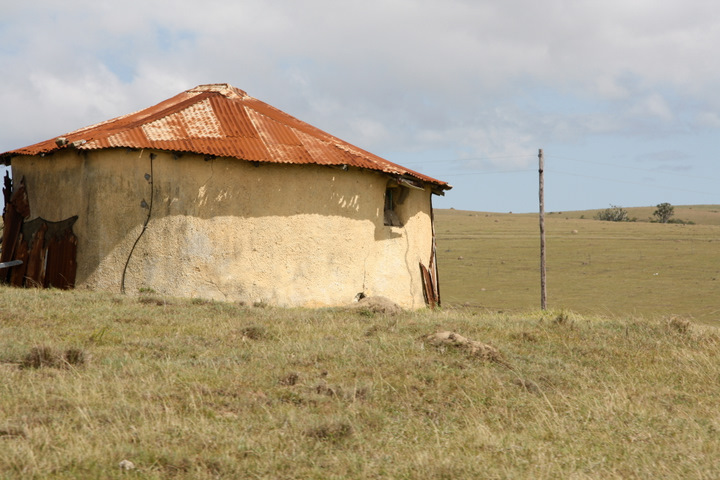
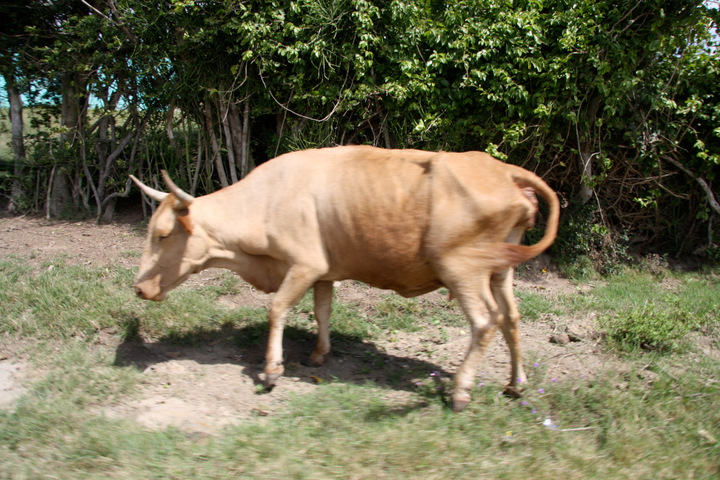
we turned off the n2 and then followed about 40ks of dirt roads to get to the reserve. as we drove towards the coast, the mountains became higher, the forests thicker, gorges deeper, and the roads bumpier. nguni cows blocked the way frequently. traditionally the boys herd the cattle of their family, but now they go to school and unemployed men herd the cattle, the boys only herding on the weekends. the schools let out as we drove, filling the edge of the road with uniformed children of all ages. in the heat of midday, many of the boys took over all the water holes along the road for mud fights and swimming. the children along the road greeted us warmly in their own way- yelling things like 'car! (imoto!)' or 'white-man', or most frequently 'SWEEEEETS!'.
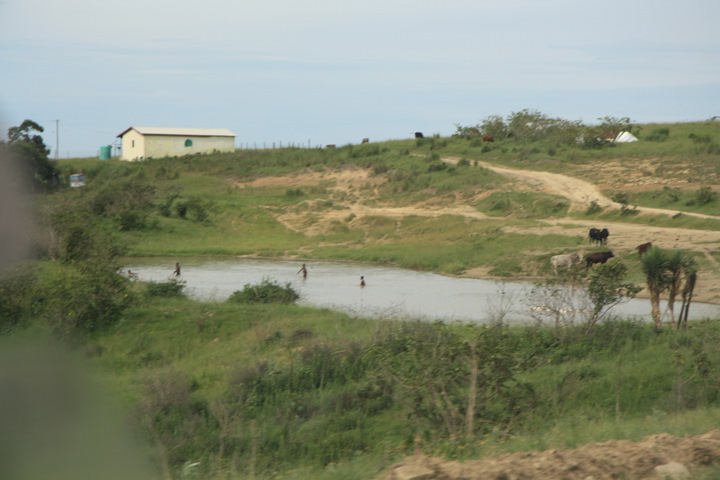

. . . .
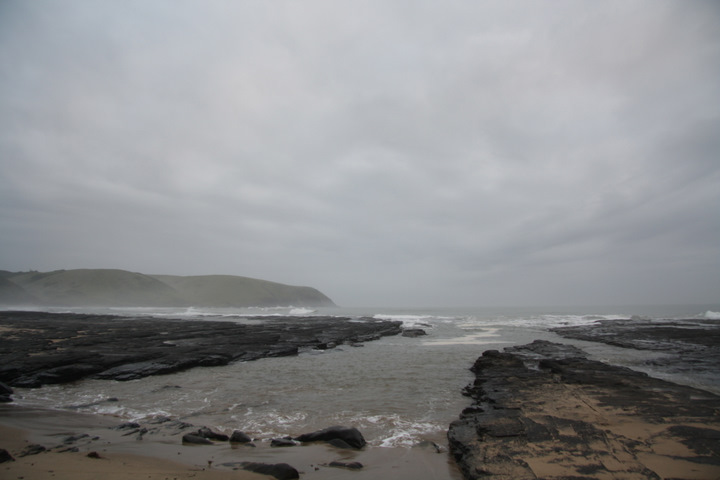
dwesa was a miracle of pleasant isolation. for most of our days there, there were no other guests; we had everything to ourselves if you discounted the vervet monkeys and other animals. i woke up for the sunrise my first morning there; walking the empty rocky beaches collecting shells. after an hour, i reached a waterhole/riverbed shrouded in mist. as i walked, i saw movement in the mist and realized i was sharing this waterhole with a herd of some type of african buck/deer. they watched me, but never showed much intimidation. i moved on after a couple minutes, hungry for breakfast and in need of putting down my now large collection of shells.
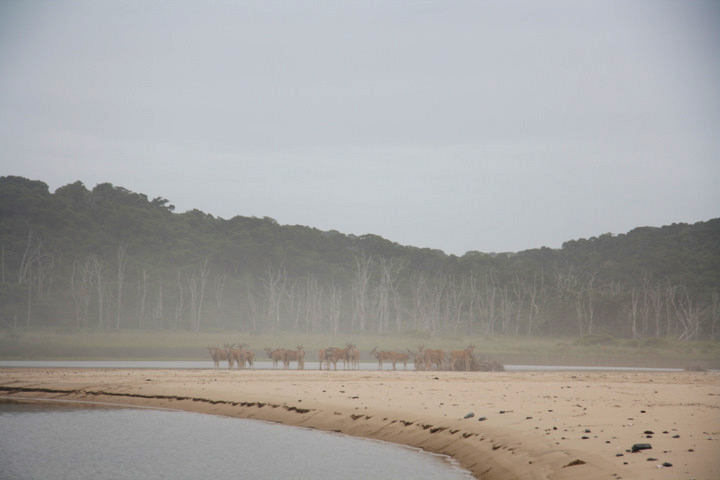
a couple days later i took a walk out to our beach and found it occupied by lots of local children. it must have been a saturday, but i wouldn't really know because i stopped paying attention to the days of the week back in baltimore. the children were mainly boys playing soccer just out of the reach of the waves. i walked up, and without a word, started kicking the ball around with them. and hour and a half later i left the beach smiling, thoroughly tired and with a red foot from kicking the sand.
. . . .
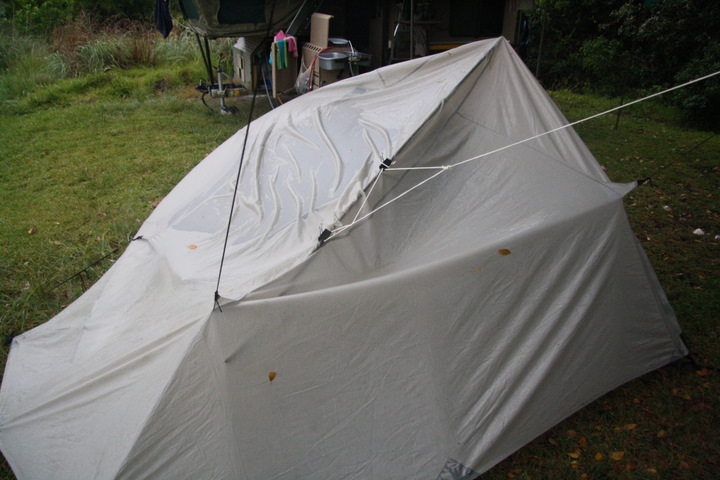

my tent is falling apart. it has been around for a while and seen a good amount of action on backpacking trails, but i think it is just getting too old. while at qunu, a pole broke. i fixed it for it only to brake again the next night. the tent still stood, so i didn't think much of it... that was until the pole broke again and it started to rain. after a sleepless and wet night, i used office clips to hoist my tent pole up with string and a nearby tree. it didn't help much and the next two nights i stayed in the caravan with the family. it has plenty of room, so it wasn't a squeeze, but with two little early-risers, my space in the morning from the noise makers was much missed.
another recording for your listening pleasure, the birds of dwesa as some rail lingered and rolled in.
Download.
. . . .
we left dwesa and headed for our next stop, southbroom: or as i like to call it, south-durban-suburuban hell. we slowly found our way from the nguni cows and bumpy roads back to the n2. from there, we ventured through the rest of the transkei and across the mtavuma river. as you cross the huge (for africa), steel suspension bridge, you leave behind you the nearly empty endless hills dotted with little family farms and rondavels and run smack into ugly 1970s hotels, golf estates, gated communities, vacation homes, and shopping malls. one river, designated a boreder of the xhosa homeland during apartheid, was all the division between 'remote' south africa and 'africkaner florida'. it was quite the shock, and i felt repelled, wanting to turn back to the rural farmlands of the transkei.
. . . .
currently, i am loving life in durban, then spending some time in the drakensberg mountains and along the coast by st. lucia. i am looking forward to all of these places, having found memories of them from when i toured them very quickly two years ago.
my internet forecast looks very weak, maybe only gaining access to blogging again in about a month's time. we shall see.
cheers to returning to the mountains, and leaving suburban-ness behind.
hope all is well, (especially to those snowed-in)
tbk


